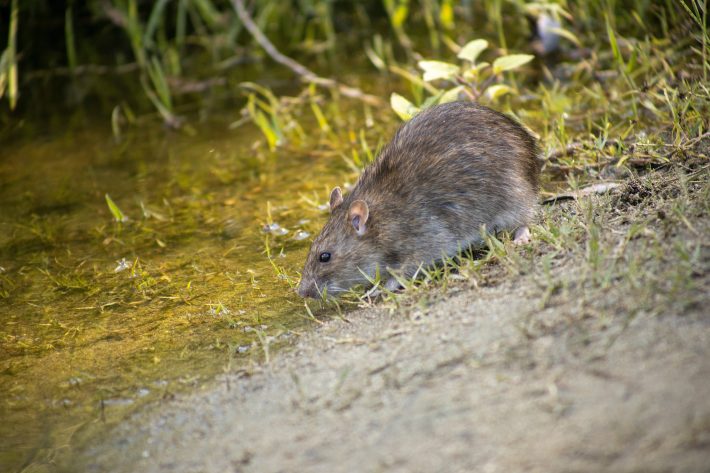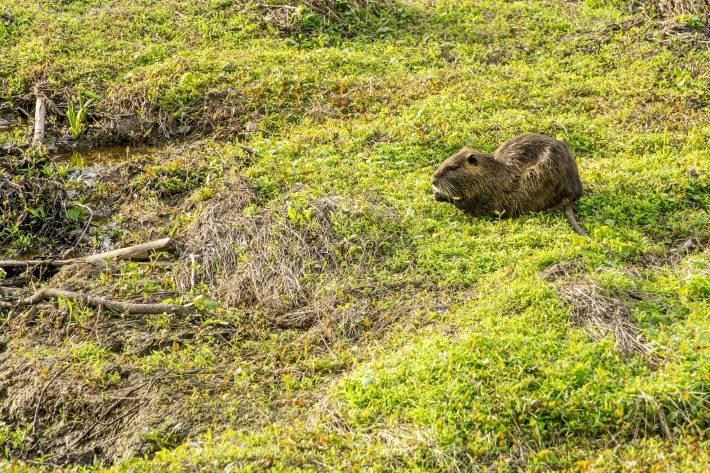Can New Zealand coordinate national conservation efforts to control pest mammals?
University of Auckland press release.
New research published in the Journal of Animal Ecology finds New Zealand’s current tools and approaches are insufficient even for national predator suppression, however, researchers from the University of Auckland have identified what pest control measures are needed and where to bring mammal populations down to manageable levels.

Researchers at the University of Auckland modelled how New Zealand might go about coordinating conservation efforts so that pest control can take place at every site throughout the entire country. Specifically, they show what pest control tools – including traps, aerial and ground-based poison baits, and exclusion fences – should be implemented and where across the country so that mammal populations can be brought down to more manageable levels prior to their elimination.
“Our research reveals multiple considerations that are important to pest managers”, says doctoral student Zachary Carter, who led the work. “First, large swaths of land are amenable to trapping and aerially-broadcast poisons and yet are currently not managed to their fullest potential”.
Current tools and approaches are insufficient even for national predator suppression
For example, aerially-broadcast poisons have been applied to approximately 12% of New Zealand’s land-area in the past, yet the researchers found that nearly a quarter of all invaded land-area (59,000 km2) is amenable to this tool.
“Second, we found that transformative technologies may be needed to suppress invasive species throughout the entire country”, Carter says. “Highly remote and inaccessible locations – such as areas of Fiordland and mountainous regions of the South Island’s west coast – may require future tools, or novel application of existing tools, that can overcome current issues associated with implementation and maintenance.”
The researchers found that roughly 11% (or 29,000 km2) of all invaded land-area may need these transformative technologies.

“That current tools and approaches are insufficient even for national predator suppression is a critical finding. A focus is urgently needed now on the research that can provide the science breakthroughs needed to enable new approaches to ensure that Predator Free 2050’s national eradication goals can be reached on time,” says Predator Free 2050 Limited Science Director Professor Dan Tompkins.
Researchers relied on machine-learning techniques to investigate how New Zealand might suppress invasive species throughout the country. This modelling approach divides the country into very small management units and then looks at similarities occurring between them to understand what tools might be best for a given location. This approach relies on the expertise of existing pest control groups and leverages the power of their collective knowledge.
The research team also included Professor James Russell jointly appointed to the University of Auckland’s School of Biological Sciences and Department of Statistics, Professor George Perry from the University of Auckland School of Environmental Sciences, and Jeffrey Hanson from Carleton University. The research is published in the Journal of Applied Ecology.
You can access the full research article here:
https://besjournals.onlinelibrary.wiley.com/doi/10.1111/1365-2664.14258
Like what we stand for?
Support our mission and help develop the next generation of ecologists by donating to the British Ecological Society.